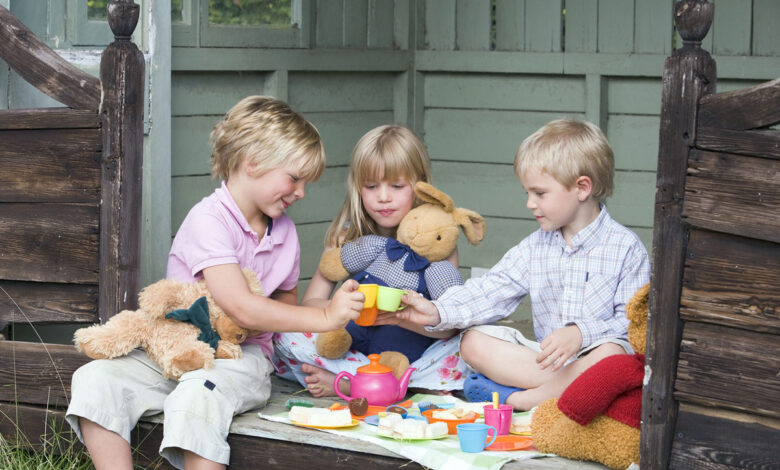
The ability to pretend is a valuable skill throughout life. Common examples of pretending include children pretending to be aunts and adults showing interest in their spouse’s favorite movie or laughing at a joke their boss tells at work.
According to ScienceAlert, a new study shows that we learn the art of pretending at a very young age. Researchers in the UK asked 902 parents from the UK, US and Australia about their children from birth to 47 months (nearly four years).
The researchers found that some children were engaged in pretend play as early as four months of age, and about half of them were able to pretend by 12 months of age. By 13 months, half of the children could even recognize pretending.
Pretending is a key part of children’s lives
Elena Hoykaeducational psychologist from the University of Bristol, said: “Our findings show how pretending is a complex and evolving process. This behavior begins very early in life and contributes to the development of cognitive and social skills. Pretending is a key part of children’s learning, creativity, making friends, and understanding other people. This study outlines its different stages and types.”
Pretending gets more complicated as children get older. Huika together Eloise Proton Their co-author, a clinical psychologist at the University of Oxford, reports that pretending starts with the body (for example, pretending to sleep), then moves on to actions (like brushing your teeth with your fingers), and then to substitute objects (perhaps using a banana like a phone). ) arrives.
Researchers found that by the age of two, children tend to think more abstractly. For example, at this stage children may pretend to do something they have no experience with, such as flying a rocket.
When children go to Se Sagi, they use their whole body to pretend to be someone else; Like cartoon characters, animals or trees. Other types of pretense that appear around the age of three include more unusual scenarios and imaginary friends.
“As children’s language skills are also developing, it can help them pretend in new ways and allow them to create elaborate stories as they do so,” Hoyka says.
In total, the research team was able to identify 18 types of pretense in young children. The researchers say this is the first known study to map pretend behavior from birth to age three.
According to the study authors, parent reports may not always be accurate, but have been shown in previous studies to be consistent with laboratory reports. Using parent report allowed the researchers to study a larger group of children that included younger participants.
Studying how children behave may help to better understand developmental patterns
Current laboratory tests and observational studies have other limitations, such as fewer participants and potentially fatigue in young children who, if they do not have the patience to pretend, may understate abilities and outcomes.
One way the study results may be useful is to better understand patterns of development in the youngest years of life. Certain types of play or learning may be more appropriate for different children at different stages.
“With further research, the findings have the potential to be used as a diagnostic tool for developmental differences in the early years,” Hoyka said. [زندگی کودکان] be used.” “This,” he continued [یافتهها] Finally, it is possible to parents, teachers of the first years [مدرسه] And to help medical professionals have a better understanding of how to play with children at different stages of development.”
The research is published in Cognitive Development.








